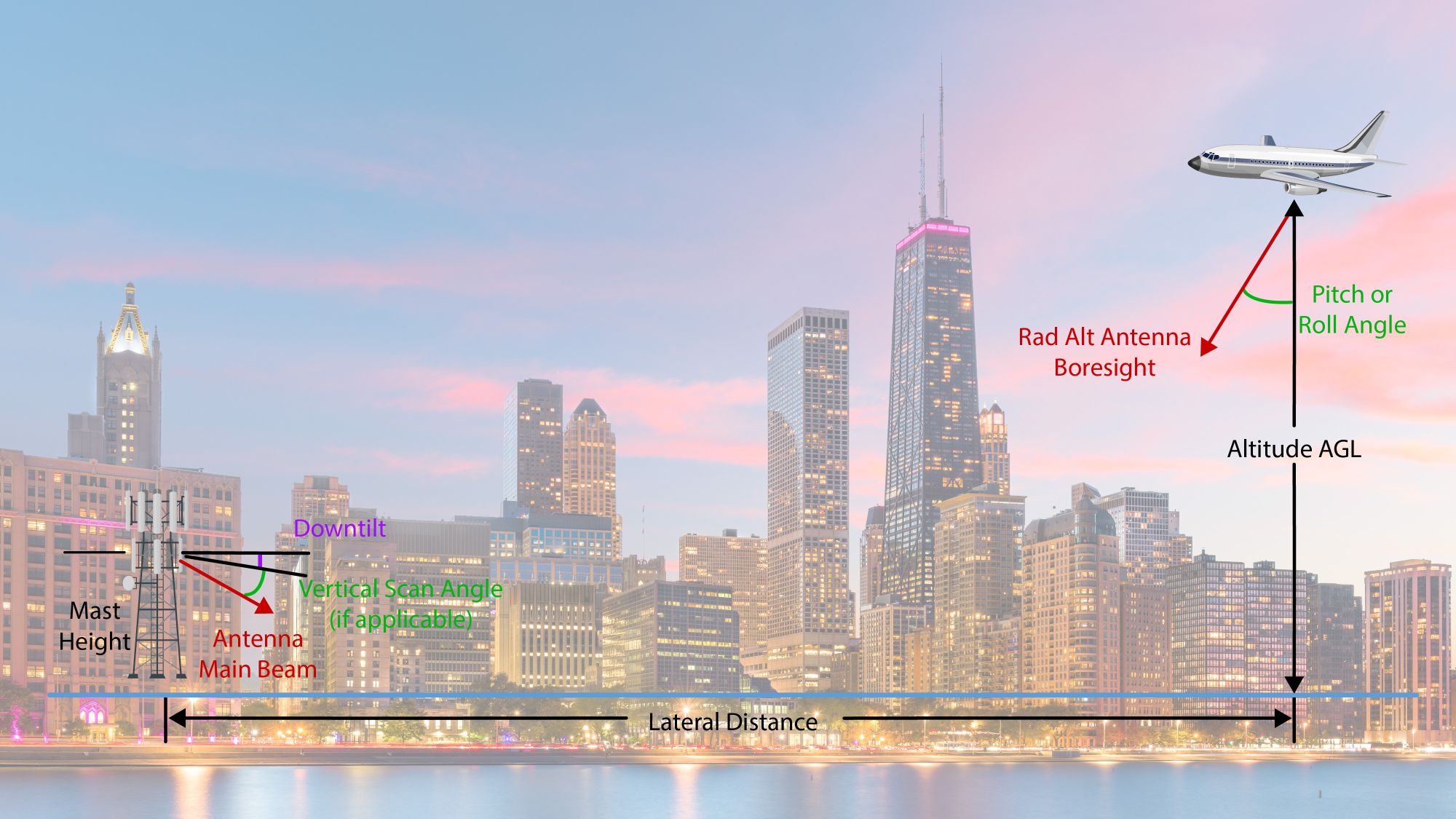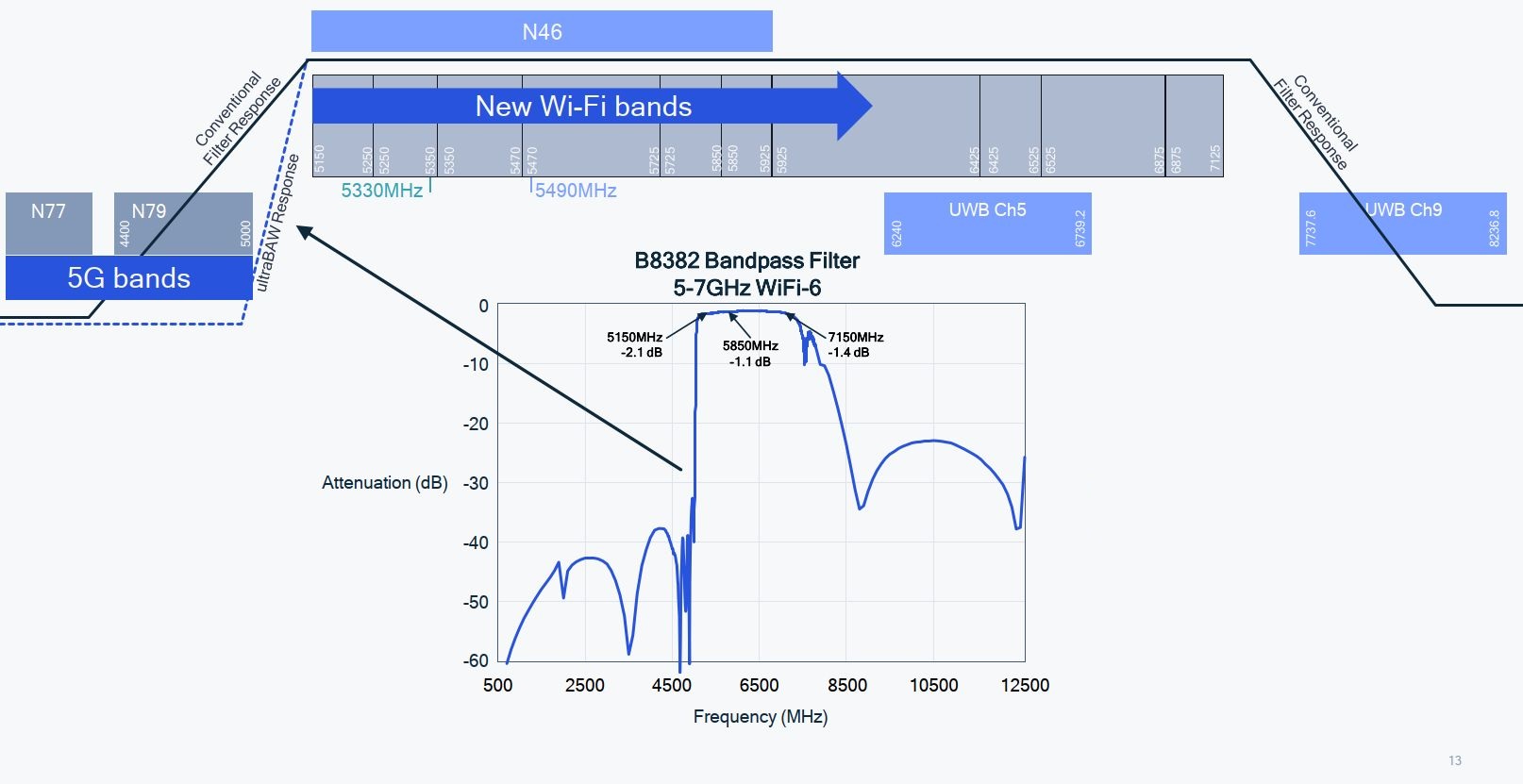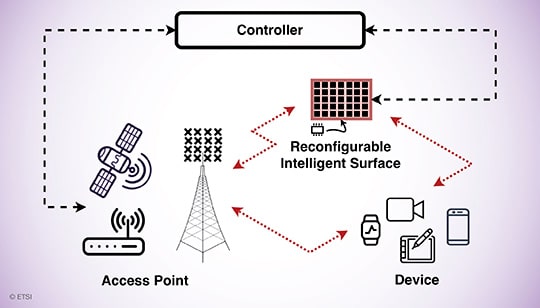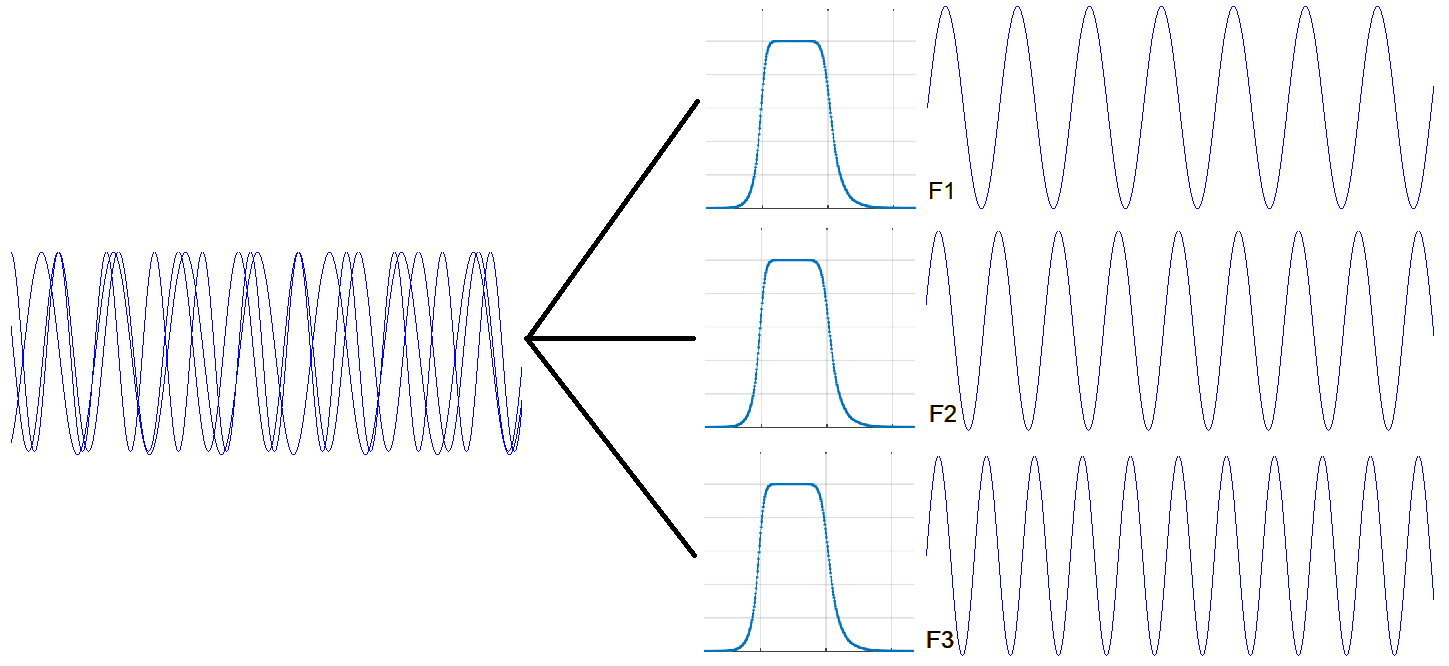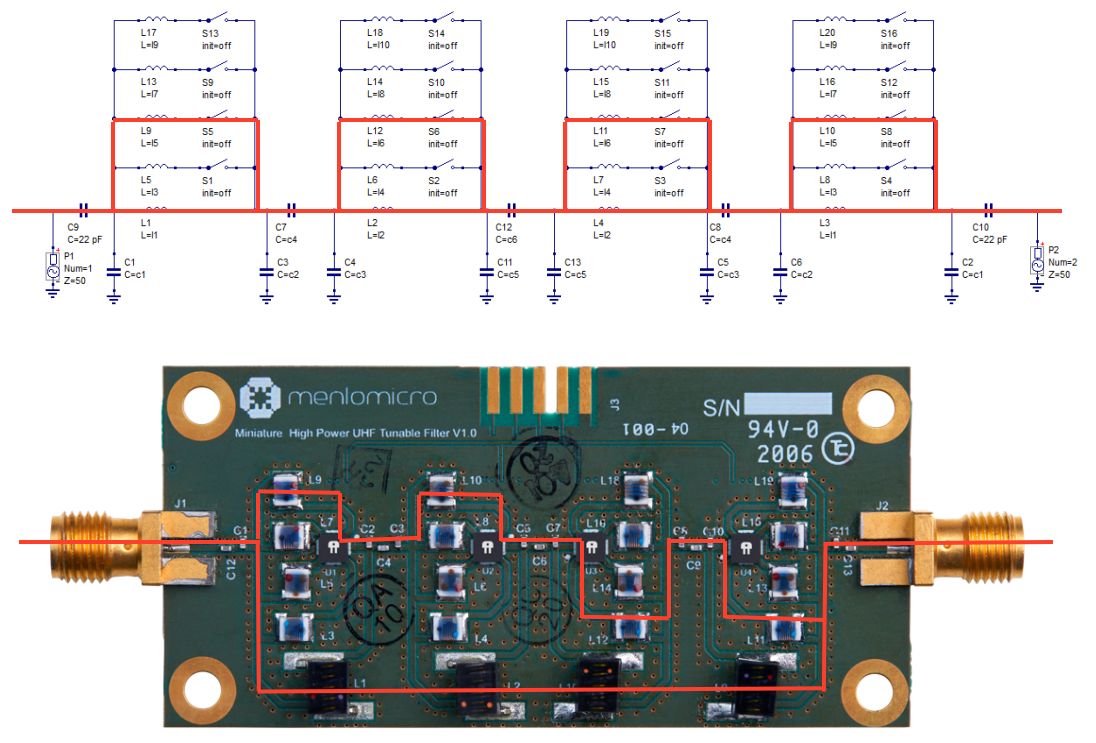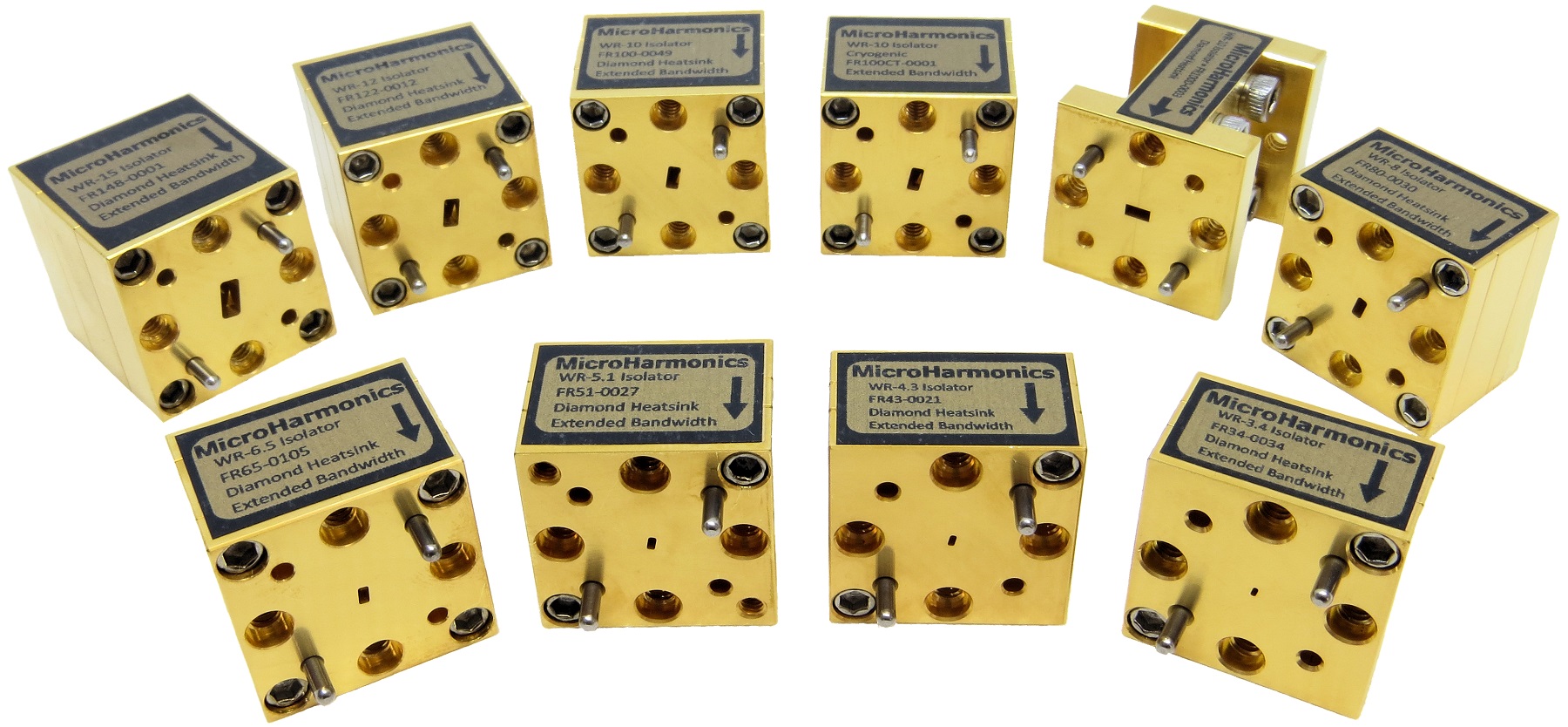The auctioning of the C-band for 5G use has raised concerns in North America that signals could interfere with aircraft altimeter operations. 5GTW asked a filter engineer and a test expert if there’s a problem and how to fix it.
BAW filters keep RF interference out
Qualcomm’s ultraBAW filters cover 2.7 GHz to 7.2 GHz, keeping cellular and Wi-Fi in place. Qualcomm explains how the filters work. Each time a government auctions off a slice of spectrum for cellular use, the airwaves get more crowded as users begin occupying the new frequencies. In the days when spectrum wasn’t so scarce, cellular…
ETSI launches intelligent surfaces effort
A standards group will seek to define a technology for steering reflection of wireless signals.
Marki adds four models to diplexer line
Four new models cover DC to 26.5 GHz at different crossover frequencies.
Filters keep RF signals in line
In a video interview with 5G Technology World, Resonant’s Mike Eddy explains how RF filters keep wanted signals in an interference out. It’s all in the physics. As bandwidth gets crowded, governments auction more spectrum to accommodate our insatiable demand for data. While 3G used frequencies around 1 GHz, 4G expanded to around 2 GHz.…
Video: “Ideal” switch cuts signal losses
A MEMS RF switch from Menlo Micro helps eliminate the decision of whether to design a semiconductor or mechanical switch into your circuits.
Isolators cut reverse-traveling signals at mmWave frequencies
To minimize issues from standing waves, engineers have long used Faraday rotation isolators that let forward-traveling signals pass to the load while attenuating reverse-traveling signals such as reflections. Higher frequencies, however, bring a new set of problems such as insertion loss that Micro Harmonics claims to have solved with its mmWave isolators. The series consists…

